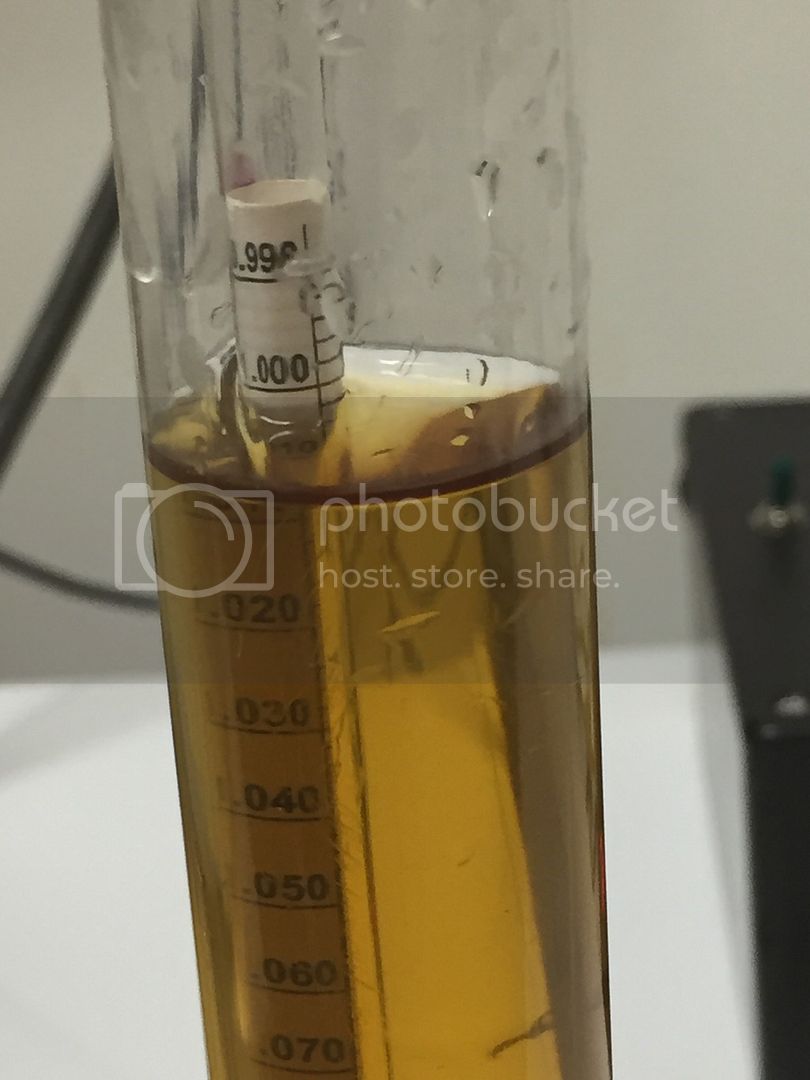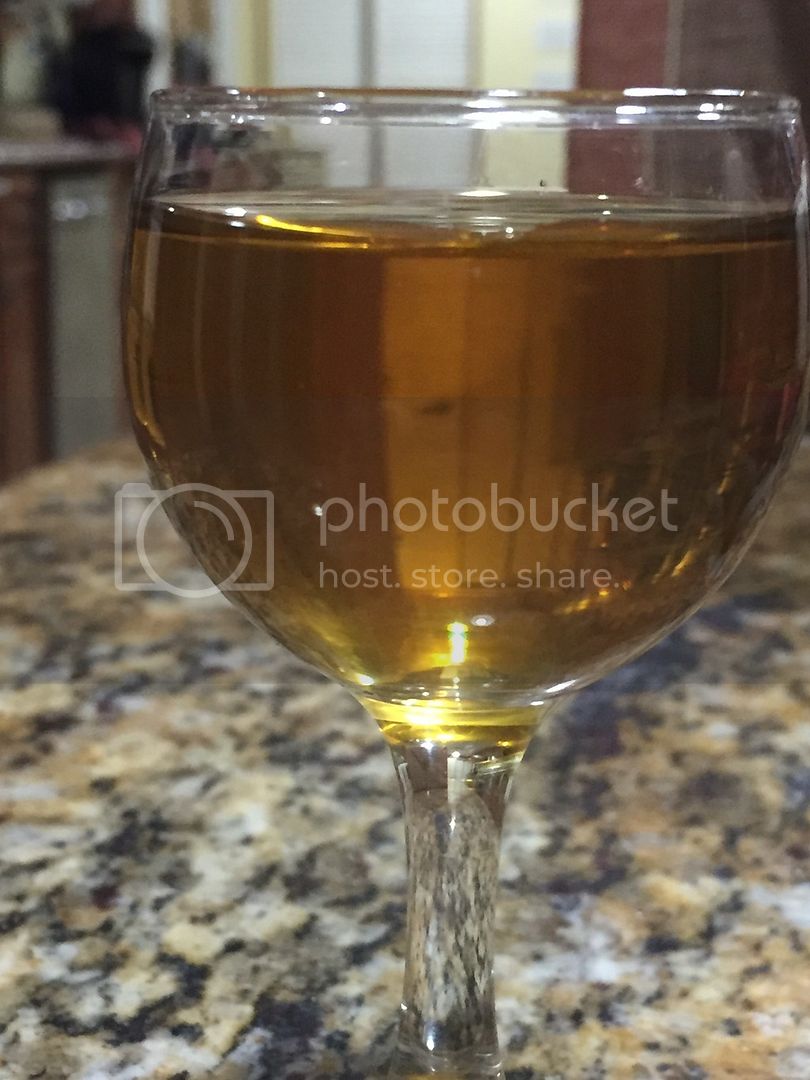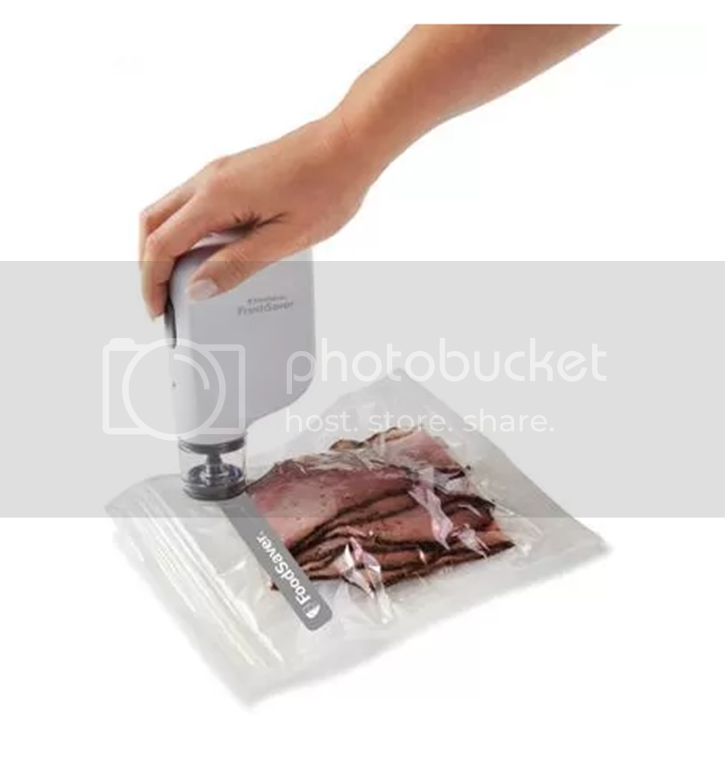Oaked Wildflower Mead.
Ingredients:
15 lbs Wildflower Honey
Spring Water
Lalvin 71B-1122
Yeast Nutrients
Yeast Energizer
French Oak Chips
Potassium Sorbate
Potassium Metabisulphite
Add 15 lbs of quality wildflower honey to a carboy. Put in enough spring water so that the volume equals 6 gallons. Stir vigorously, mainly for aeration, you don't have to mix all of the honey into the must, just some of it. The yeast will eat all the honey at the bottom later. Add 3 teaspoons of yeast nutrient, and 1.5 teaspoons of yeast energizer. Mix vigorously again.
Make a yeast starter with spring water and 1 tablespoon of honey from the batch. Once ready, pitch the yeast into the must, and throw an airlock onto your carboy. 2 days later add 1 teaspoon of yeast nutrient, and 1 teaspoon of yeast energizer, and stir vigorously. Be careful at this point, because the mead will foam over! Reseal it with the airlock. 2 days later, stir the must one last time for a minute or so. Check your gravity in 3 more days. You should be well past your 1/3 sugar break, and should not stir or add any more nutrients at this point.
Once 2 weeks has elapsed, add 2 ounces of french oak chips. I prep my oak chips by soaking the in 1Step for 20-30+ minutes. This will take that dark oak color off of the chips, and sterilizes them. Rinse them off, then add them directly to the mead.
Over the next month, taste your mead once a week to determine how oaky it is for your taste. Once it reaches the desired level of oakiness, rack it off the oak chips into another clean carboy.
At this point you want to give it a few weeks to begin clearing, then rack it again to another carboy to clear. You will inevitably lose some mead volume in this process, don't worry about it, this is a hobby, and supposed to be fun, right? It's worth it anyway to have a nice clear finished product anyway.
In another 2 weeks to a month you will have a clear mead ready to bottle. Use your Metabisulphite and Sorbate per bottle instructions depending on your final volume, then bottle it with good corks. Sit upright for 3-5 days, then lay on their side to age. Even though it tastes good right away, it's best after 6 months to a year, and worth the wait.
*I had to factory reset my Note 5, and lost all of my S Notes, so I don't have my OG or FG this one unfortunately. I wish I had thought of that before the wipe, because I lost a lot of good brewing and recipe notes*
















